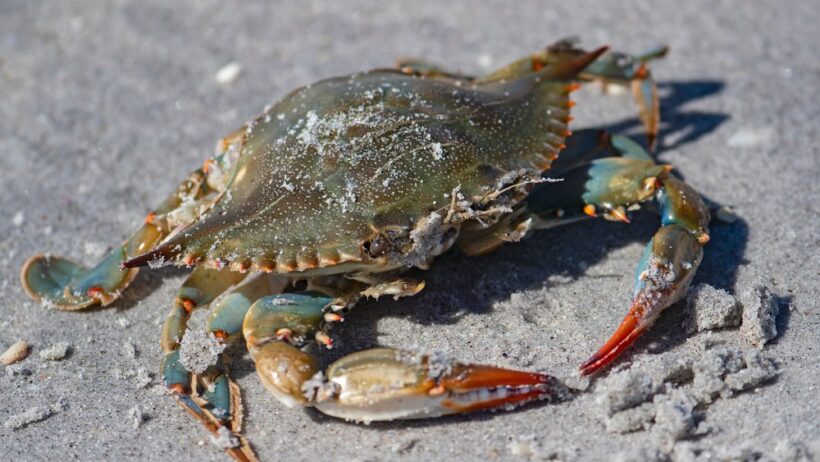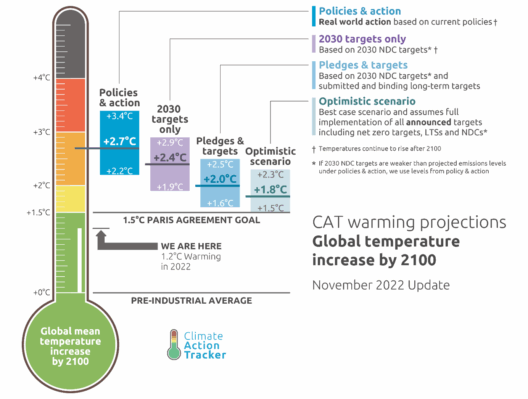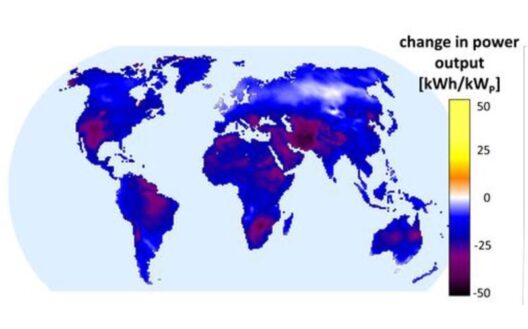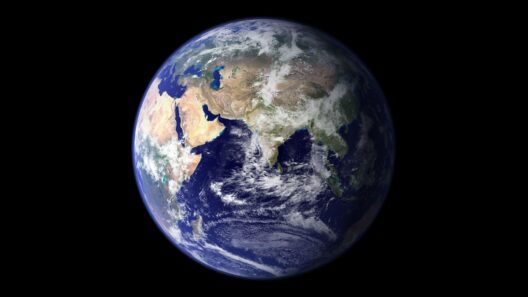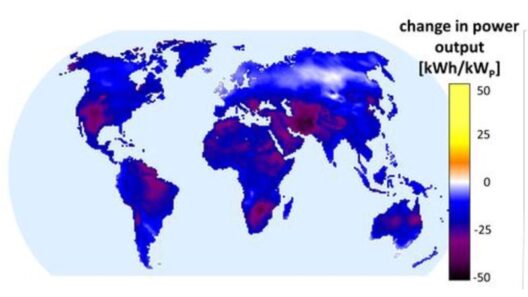Marine invertebrates, a class of organisms that includes jellyfish, sea anemones, mollusks, and crustaceans, represent one of the most diverse and fundamental components of marine ecosystems. Notably, these organisms are pivotal to the functioning of oceanic environments and contribute vitally to human well-being. As global temperatures rise due to climate change, the resilience and adaptability of these creatures have become a focal point of scientific inquiry. This essay explores how marine invertebrates are navigating the complexities brought on by global warming.
One prevalent observation is that marine invertebrates exhibit an astonishing capacity for survival even amidst fluctuating environmental conditions. For instance, some species of jellyfish have demonstrated a remarkable ability to thrive in warmer waters. This phenomenon can be attributed to several factors, including their reproductive strategies and biological versatility. Jellyfish reproduce rapidly and can form vast blooms that may outcompete other marine organisms for resources. These blooms can result in significant ecological shifts, yet they showcase a dynamic adaptation strategy in response to environmental pressures. The prevalence of jellyfish blooms in warmer oceans serves as a signal of changing marine environments.
In contrast, other marine invertebrates, such as corals and certain mollusks, face more precarious situations in a warming world. Coral reefs, often referred to as the “rainforests of the sea,” are symbiotic ecosystems primarily composed of coral polyps—tiny marine invertebrates. These organisms rely heavily on specific temperature ranges and water quality to thrive. As ocean temperatures rise, corals are increasingly subject to bleaching events, a phenomenon where they expel the symbiotic algae living in their tissues. This loss of algae not only affects the corals’ coloration but also disrupts the entire reef ecosystem. Interestingly, some coral species have shown resilience through the development of heat-tolerant algal symbionts, showcasing an evolutionary response to changing climates.
Furthermore, the influence of ocean acidification, a direct consequence of increased atmospheric CO2 levels, poses a significant threat to marine invertebrates, particularly those with calcium carbonate structures, such as mollusks and echinoderms. The decreased pH levels in the ocean hinder their ability to calcify, resulting in weaker shells and skeletal structures. However, research indicates that certain populations of these organisms may exhibit varying degrees of resilience. For example, some bivalves have demonstrated adaptive physiological changes that allow them to cope with lower pH environments. This variability in response highlights the complexities of localized adaptation among marine invertebrates.
Moreover, the establishment of marine protected areas (MPAs) has become a crucial strategy in fostering the resilience of marine invertebrate populations. By limiting human activities and reducing stressors such as overfishing and habitat destruction, MPAs can enhance the recovery potential of these organisms and their ecosystems. Science shows that well-managed MPAs contribute to the biodiversity and overall health of marine environments, creating refuges for vulnerable species amidst the onslaught of climate change. The investment in these protective measures serves not only ecological purposes but also socio-economic ones, as healthy marine ecosystems support fisheries and tourism.
Interestingly, the enigmatic life cycles of marine invertebrates add another layer to their response to climate change. Many species undergo complex life stages: for instance, the larval stages of various invertebrates can be planktonic, drifting with ocean currents, while the adult forms may be sessile or mobile. This duality offers numerous opportunities for dispersal and colonization of new habitats. However, the success of these life stages is contingent on environmental factors such as temperature, salinity, and food availability. Thus, understanding these life cycles is vital for predicting how populations will adjust in the face of climate-related stresses.
Although some marine invertebrates are equipped with an innate capacity for resilience, it is essential to recognize that their survival is also contingent on the actions humans take to mitigate the impacts of climate change. Addressing the root causes of global warming, such as greenhouse gas emissions and habitat destruction, remains imperative. Additionally, fostering awareness and promoting sustainable practices can contribute positively to the health of marine ecosystems.
As we investigate the remarkable adaptations of marine invertebrates in coping with climate change, it becomes clear that these organisms experience both peril and opportunity. Some emerge as champions of resilience, while others teeter on the brink of decline. The interplay of species interactions, environmental changes, and human pressures creates a complex tapestry that shapes the future of marine life.
Ultimately, the study of marine invertebrates offers more than stark evidence of climate change; it unveils a narrative of adaptation and survival intrinsic to natural ecosystems. This fascination with their resilience invites a deeper reflection on our collective responsibility to protect these vital organisms and the intricate web of life they support. In preserving marine biodiversity, we contribute to the stability of ocean ecosystems, which are essential both for the planet’s health and for our own future.



